Situated on Vancouver Island, British Columbia, Tofino is a picturesque destination located approximately 316 kilometers to the north and west of Victoria, accessible via highways 1, 19, and 4. This charming town offers a wealth of both onshore and offshore fishing opportunities.
-
One of Tofino's notable attractions is Long Beach, which draws visitors each spring for its captivating grey whale migration cruises. Tofino is also home to the renowned Wickaninnish Inn and Pointe Restaurant, situated near the pristine Chesterman Beach, and is celebrated for offering some of the world's finest accommodations and cuisine amidst the stunning wilderness.
-
Beyond its natural beauty, Tofino is an epicenter for environmental activism, particularly with its proximity to Meares Island in Clayoquot Sound. This island has become a catalyst for advocating environmentally sensitive logging practices within the largest temperate rainforests globally.
-
When it comes to fishing in Tofino, the experience varies with the seasons. Winter fishing can be challenging due to open Pacific storms, limiting access to the fishing grounds. However, on rare days when the weather cooperates, anglers can enjoy brisk fishing with abundant 7 to 15-pound winter springs.
-
Summer fishing, on the other hand, benefits from improved weather conditions and recent changes in baitfish species due to El Nino. While the area was traditionally known for its needlefish and herring populations, pilchards have become more prevalent. These larger baitfish, resembling anchovy and herring, have enhanced the fishing experience, especially for cutplugs.
-
Although all five salmon species can be found in Tofino waters, coho and chinook dominate the fishing scene. These salmon species are present throughout the year, either as resident winter feeders or mature summer fish on their migration to spawning grounds. Sockeye and pink salmon tend to migrate further offshore and are less commonly encountered, while a few chum salmon navigate to local rivers in late October.
-
Winter chinook, which can reach weights of 15 pounds, inhabit the local waters from October to March. Blueback coho, averaging one to two pounds, are typically found in schools from January to March.
-
Halibut fishing in offshore banks is a year-round activity, with the prime period being from June to August. Halibut can often be found on gradual dropoffs in the continental shelf, located 3 to 4 miles off Portland and Rafael Points. While 20 to 40-pound halibut are common, some lucky anglers manage to reel in fish weighing up to 200 pounds.
-
The summer fishing season in Tofino begins in April with early chinook salmon heading for the Fraser and Columbia Rivers. These chinook typically weigh between 17 to 28 pounds. The bulk of the summer fish are chinook originating from Robertson Creek, Conuma hatchery, Nitinat River, and Clayoquot Sound's Kennedy River, with an average weight of 25 pounds. Sockeye salmon peak in August, while coho arrives early in Tofino, with schools of ravenous five-pounders appearing in June. These coho grow rapidly, adding a pound per week and reaching 12 to 15 pounds by September.
-
The Meglin River and Tofino hatchery support healthy populations of coho. Local chum salmon can often be seen leaping from the water in October.
-
Anglers use various bait and tackle strategies in Tofino. For chinook, anchovy or medium herring on 36 to 72-inch leaders are effective. Cutplugging is particularly successful in August. When targeting halibut, a spreader bar with a Delta Jumbo Squid is preferred over jigs.
-
Hootchies are popular using a 40-inch leader behind a Gibbs or O’ki Flasher. Patterns such as Army Truck, Chartreuse Splatter Back, and Turd are favoured.
-
Gibbs spoons in green and white or green and glow are deadly for summer chinook and coho. Other successful spoon patterns include the Skinny G, Gibbs Gator in Showgirl, as well as the Sun & Sea and Hammered Army Truck designs.
-
-
Tofino offers two distinct types of fisheries: structure-related fishing for chinook salmon and halibut, and summer surface fishing for other salmon species. Additionally, there are three distinct fishing opportunities: offshore bank fisheries, onshore surfline fisheries, and protected inside waters within Clayoquot Sound. It's worth noting that lingcod and red snapper are also plentiful in this remote area.
-
In the Tofino region, the continental shelf gradually descends from the land to 600 feet, with fish often following shelf lines or inhabiting various rock piles located 1.5 to 10 miles off the Pacific Ocean. It's not uncommon to encounter double headers of halibut and chinook off Portland Point or Rafael Point. La Parouse is a local bank known for consistent fishing.
-
The surfline fisheries, while not for the faint of heart, provide exhilarating experiences along rocky points where swells break near Wilf Rock, Blunden Island, Bartlett Island, and other locations. The prime season for chinook fishing in this setting is from July to September, with coho fishing extending from May into November in some years.
-
For those who are prone to seasickness, Tofino's inside waters within Clayoquot Sound offer year-round fishing in a protected environment. Local rivers like the Bedwell, Meglin, Moyeha, Clayoquot, and Tranquil Creek contribute to the abundance of chinook salmon. Keep in mind that spot closures may apply to some areas.

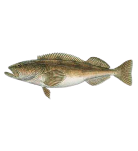
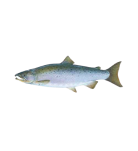
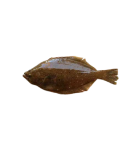
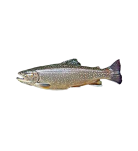
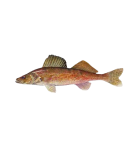
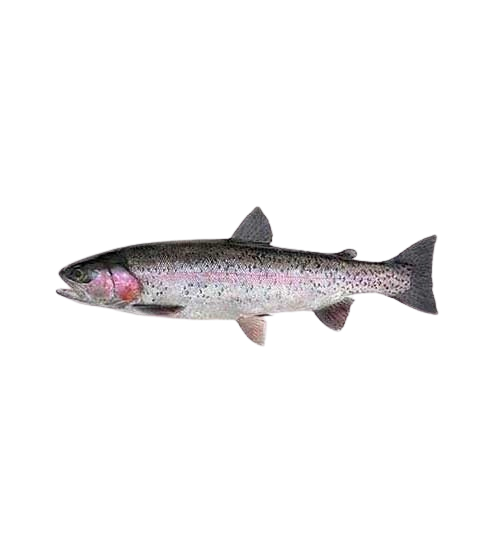
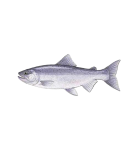
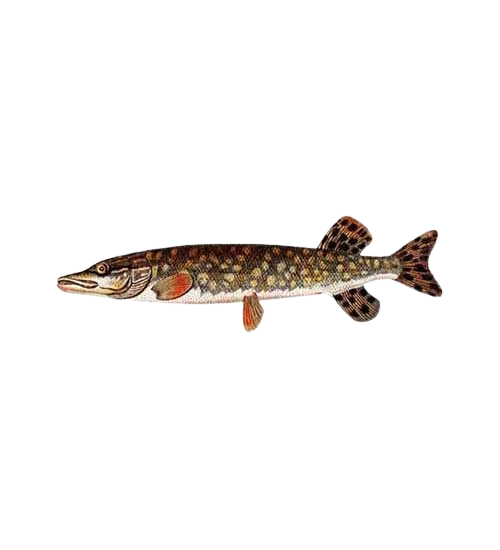
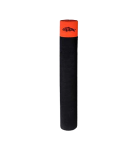
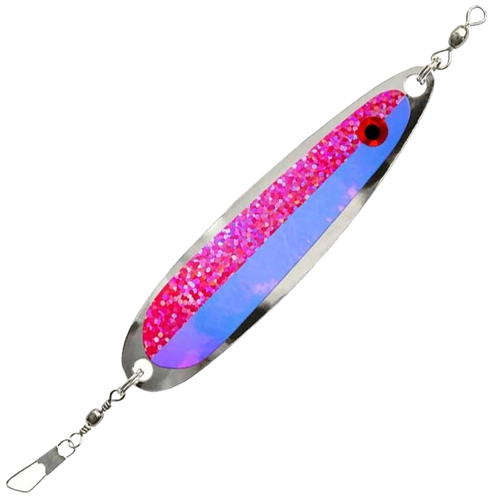
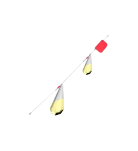
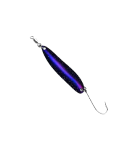
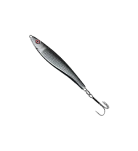

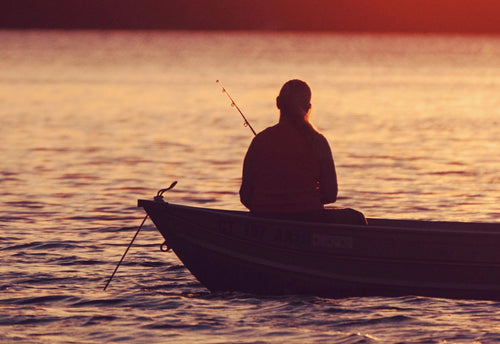
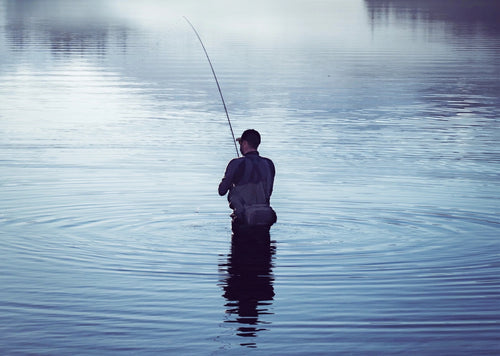
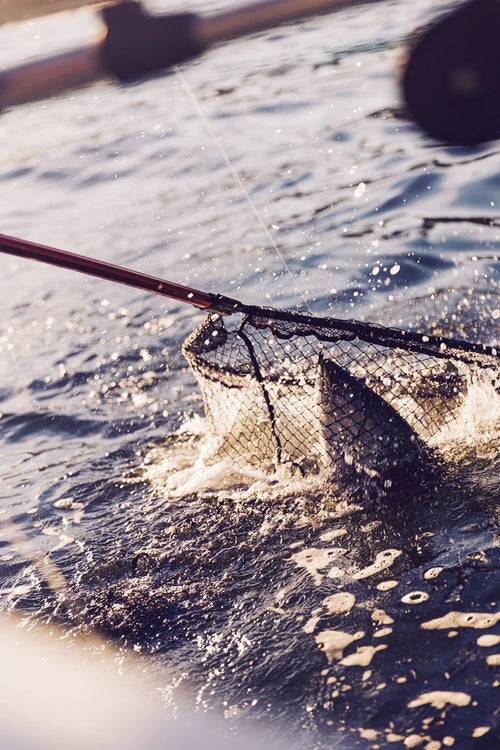
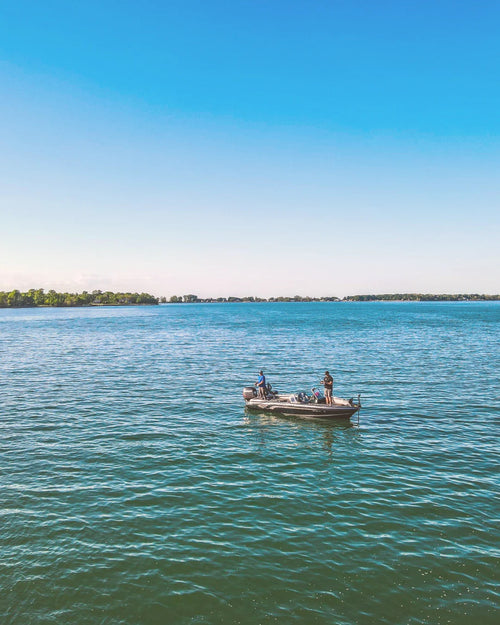
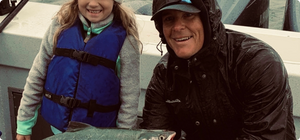
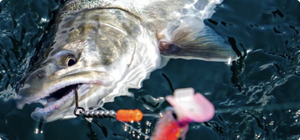
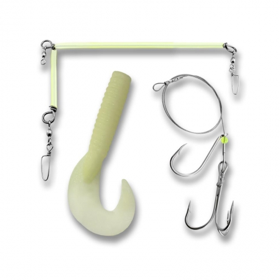
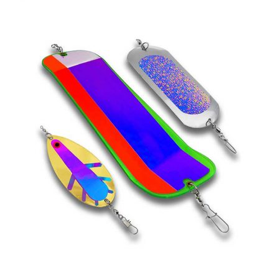
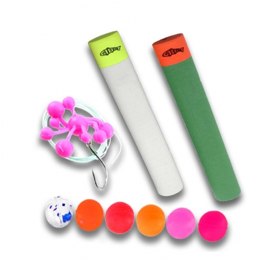
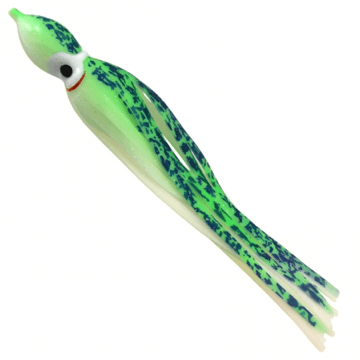
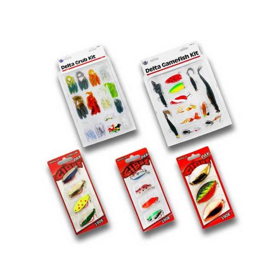
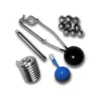
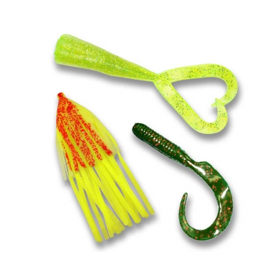
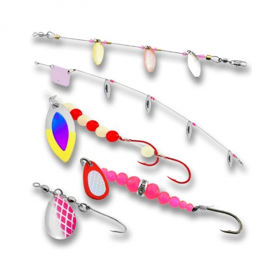
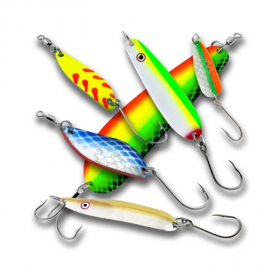
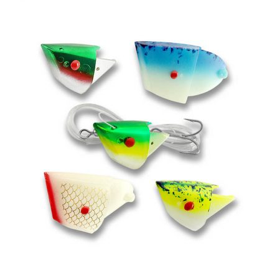
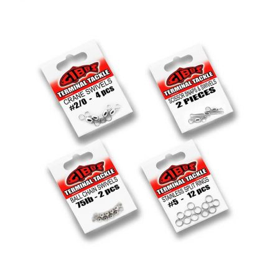
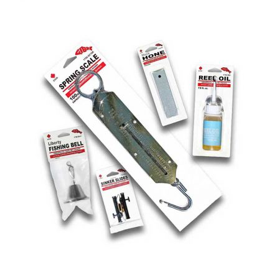
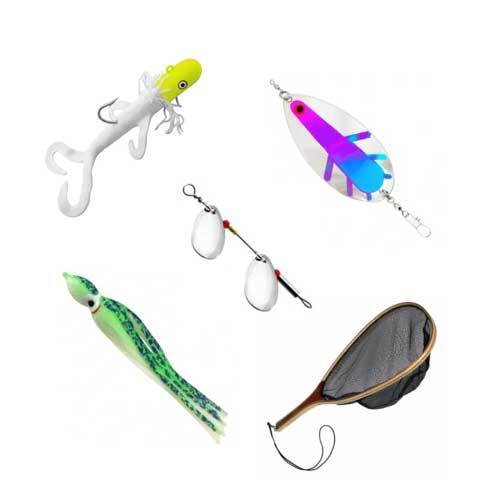
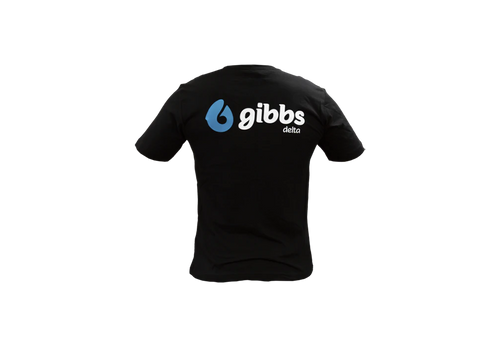
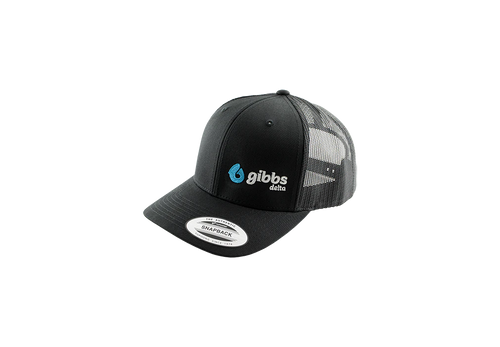
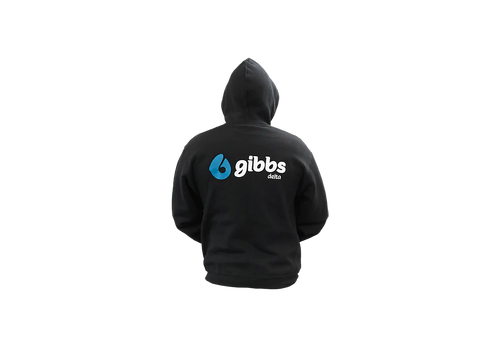
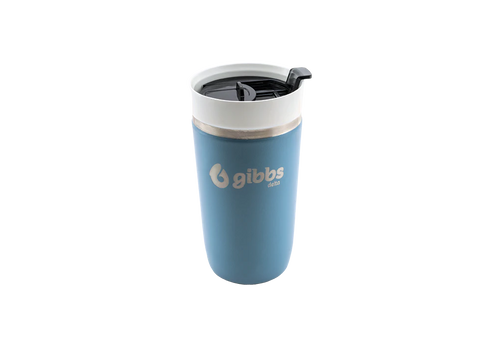





Leave a comment